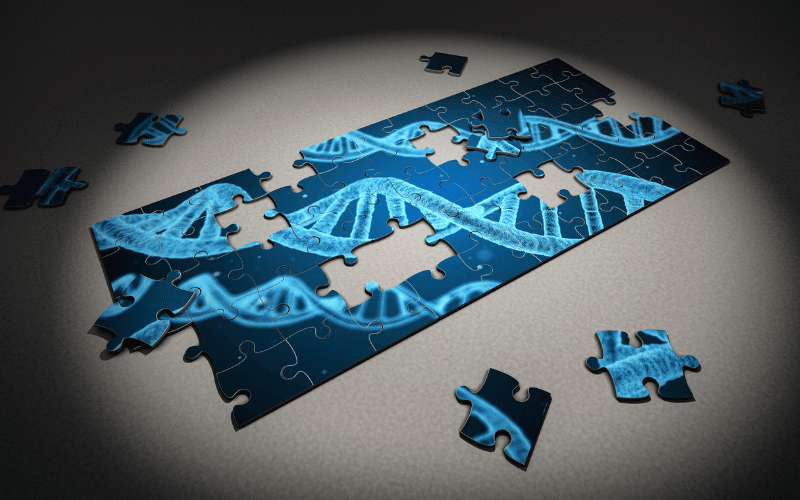Fact 13. The Genetic Puzzle of Hashimoto’s Thyroiditis

Family history can often read like a forecast for many health conditions, and Hashimoto’s Thyroiditis is no exception. If a close family member, such as a parent or a sibling, has Hashimoto’s, you are at a greater risk of developing the condition yourself.
This observation suggests a genetic component to the disease. But what exactly does a family history of Hashimoto’s Thyroiditis tell us, and how does it contribute to our understanding of the disease’s genetic underpinnings?
First, it’s important to understand that Hashimoto’s Thyroiditis is not a traditional genetic disease, like cystic fibrosis or Huntington’s disease, where inheriting a specific mutation guarantees the development of the condition. Instead, Hashimoto’s is a complex disease influenced by multiple genes, each contributing a small risk. These are known as susceptibility genes. When several of these risk-conferring genes are inherited together, or when they interact with certain environmental triggers, the likelihood of developing Hashimoto’s Thyroiditis increases.
Several genes have been implicated in the development of Hashimoto’s Thyroiditis. Many of these genes are involved in the immune system’s functioning, providing further evidence of Hashimoto’s autoimmune nature. For instance, variations in the human leukocyte antigen (HLA) genes, which play a critical role in the immune system’s ability to distinguish between the body’s cells and foreign invaders, have been linked to an increased risk of Hashimoto’s Thyroiditis.
While a family history of Hashimoto’s can certainly indicate a higher risk, it’s not a definitive prediction. Not everyone who has these genetic risk factors develops Hashimoto’s, and not everyone with Hashimoto’s has a family history of the disease. Environmental factors, such as diet, stress, and exposure to certain infections, also appear to play a role in triggering the disease in genetically predisposed individuals. (13)